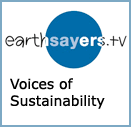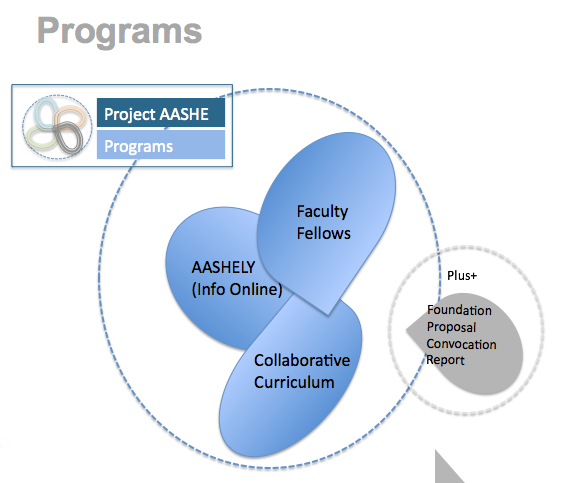Occasionally we create a special collection on EarthSayers.tv because a particular person, organization or event inspires us.
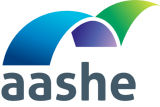 In the case of the newly created, all video collection, Sustainability in Higher Education, the inspiration was the 2014 Annual Conference of the Association for the Advancement of Sustainability in Higher Education (AASHE) held here in Portland, Oregon, the last week in October. The video interviews we conducted at the conference form the basis for this special collection and were combined with other speakers from previous AASHE conferences as will future conference video content. Over 2,000 faculty and students attended this year putting to rest the idea that sustainability is a passing fad. An even higher attendance rate is expected next Fall in Minneapolis, Minnesota where the best of campus sustainability practices will be in the spotlight along with thought leaders, student advocates, and faculty members.
In the case of the newly created, all video collection, Sustainability in Higher Education, the inspiration was the 2014 Annual Conference of the Association for the Advancement of Sustainability in Higher Education (AASHE) held here in Portland, Oregon, the last week in October. The video interviews we conducted at the conference form the basis for this special collection and were combined with other speakers from previous AASHE conferences as will future conference video content. Over 2,000 faculty and students attended this year putting to rest the idea that sustainability is a passing fad. An even higher attendance rate is expected next Fall in Minneapolis, Minnesota where the best of campus sustainability practices will be in the spotlight along with thought leaders, student advocates, and faculty members.
At this year’s conference we video interviewed Stephanie Herrera, AASHE Executive Director; Annie Leonard of the Story of Stuff Project and Executive Director of Greenpeace, USA; Marcelo Bonta, founder of the Center for Diversity & the Environment; and eco-artist and activist, Amy Livingstone of Sacred Arts Studio.
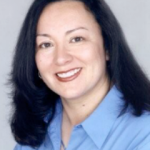 The major challenge for organizations to integrate planet, people, and prosperity elements into a cohesive strategy that is then reflected in tactics such as programs, products, and services is one AASHE is facing head on. Stephanie Herrera called it out as major emphasis of AASHE’s intention to encompass not just the environmental, but the social justice and financial elements of sustainability. Having grown up on a Superfund hazard site located in the Denver neighborhood of Globeville, Ms. Herrera continues to be engaged with the struggles of impoverished communities and their efforts to address their health and economic issues. It’s a perspective she brings to her work at AASHE and a challenge reiterated by keynoter Marcelo Bonta in his very personal story of how he came to create the Center for Diversity & the Environment. Their Mission is to racially & ethnically diversify the U.S. environmental movement by developing leaders, diversifying institutions and building communities.
The major challenge for organizations to integrate planet, people, and prosperity elements into a cohesive strategy that is then reflected in tactics such as programs, products, and services is one AASHE is facing head on. Stephanie Herrera called it out as major emphasis of AASHE’s intention to encompass not just the environmental, but the social justice and financial elements of sustainability. Having grown up on a Superfund hazard site located in the Denver neighborhood of Globeville, Ms. Herrera continues to be engaged with the struggles of impoverished communities and their efforts to address their health and economic issues. It’s a perspective she brings to her work at AASHE and a challenge reiterated by keynoter Marcelo Bonta in his very personal story of how he came to create the Center for Diversity & the Environment. Their Mission is to racially & ethnically diversify the U.S. environmental movement by developing leaders, diversifying institutions and building communities.
Annie Leonard directed our attention to our under-developed citizen muscle and an economic model emphasizing unrestrained growth and over consumption resulting in an 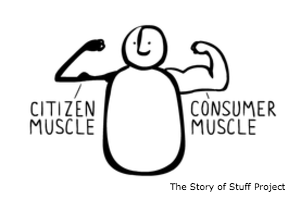 over-developed consumer muscle. “There is a better way to live on this planet in a more sustainable, more healthy, just, and way more fun way” she advises and the solution lies in exercising our citizen muscle and moving towards an economic model that reflects values of empathy, respect, and collaboration. She adds: “It is important to seeking a better life for us all that we believe that things can get better.”
over-developed consumer muscle. “There is a better way to live on this planet in a more sustainable, more healthy, just, and way more fun way” she advises and the solution lies in exercising our citizen muscle and moving towards an economic model that reflects values of empathy, respect, and collaboration. She adds: “It is important to seeking a better life for us all that we believe that things can get better.”
We noticed that many students and faculty were wrestling with the issue of integrating sustainability throughout the curriculum in an environment of disciplines and departments. They talked about a significant amount of fence jumping, mountain climbing, and intense paddling up rocky rivers along with reports of “engineering” programs to build bridges and, on the very practical side, achieve environmental objecti ves such as zero waste. In one workshop I attended I was paired off with Dr. David Weinandy of Aquinas College where here he teaches undergraduate and graduate courses in Communication and Management. His colleague Jessica Eimer is the Director of Sustainability. David talked about sustainability being the “essence of our college identity.” Their Faculty Sustainability Fellows Program, open to all faculty members, consciously implements sustainability throughout the curriculum. It’s not limited to any one discipline, but is interdisciplinary. Incentives include a small stipend, educational opportunities, and a mode to discuss their projects with the greater campus community.
ves such as zero waste. In one workshop I attended I was paired off with Dr. David Weinandy of Aquinas College where here he teaches undergraduate and graduate courses in Communication and Management. His colleague Jessica Eimer is the Director of Sustainability. David talked about sustainability being the “essence of our college identity.” Their Faculty Sustainability Fellows Program, open to all faculty members, consciously implements sustainability throughout the curriculum. It’s not limited to any one discipline, but is interdisciplinary. Incentives include a small stipend, educational opportunities, and a mode to discuss their projects with the greater campus community.
Next year we are hoping to be able to interview more of the faculty and students who, like Professor Weinandy and his colleagues at Aquinas, are teaching us all how to better weave sustainability into the fabric of organizations to increase awareness and adoption, especially among and for our youth and their children and grandchildren.
Ruth Ann Barrett, Sustainability Advocate, December 15, 2014, Portland, Oregon.

